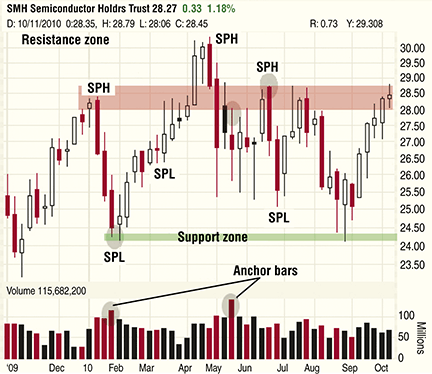
FIGURE 1: BEARISH REVERSAL. In the USD/CAD currency pair, the last candle is red and the previous candle green.
CHARTING
An Empirical Approach
This swing trading strategy can be applied to currency markets, common stocks, and exchange traded funds that track commodities and track indexes.
Most swing traders are in and out of their positions in one to five days. They tend to rely on common trading patterns. In particular, swing traders often look for certain simple candlestick patterns that are indicative of a reversal of the prevailing trend. Candlestick bars consist of a body and an upper and lower shadow. The body is determined by the open and close, and the color depicts the direction, usually green for a higher close and red for a lower close. It is a widely held belief that an engulfing candle is a reliable predictor of reversals. Is it? Let’s examine the engulfing pattern across markets over a period of 11 years to find out.
We used 14 commonly traded currency pairs:
| AUD/JPY | AUD/USD | CAD/JPY |
| CHF/JPY | EUR/AUD | EUR/CHF |
| EUR/GBP | EUR/JPY | EUR/USD |
| GBP/JPY | NZD/USD | USD/CAD |
| USD/CHF | USD/JPY |
In addition, we looked at three other markets: exchange traded funds (ETFs) that track commodities (DBA, IYM, GLD, SLV, SLX, UNG, USO); ETFs that track indexes (DIA, EEM, EWA, EWG, EWZ, QQQ, SPY); and heavily traded common stocks (AAPL, AKS, DOW, C, CSCO, GOOG, IBM). We chose representative samples from each of these four categories. The analysis utilized data spanning 11 years from 2000 to 2011 for forex, and 11 years or since inception, whichever is greater, for ETFs and stocks.
We assumed the trade is entered at the close of the day in which the pattern is formed. We computed the percentage of profit/loss per trade after one-, two-, three-, four-, and five-day holding periods, as well as the percentage of winning trades. These periods were chosen since they are common holding periods for swing traders. We also made observations about this pattern’s effectiveness for both the long and short cases.

FIGURE 1: BEARISH REVERSAL. In the USD/CAD currency pair, the last candle is red and the previous candle green.